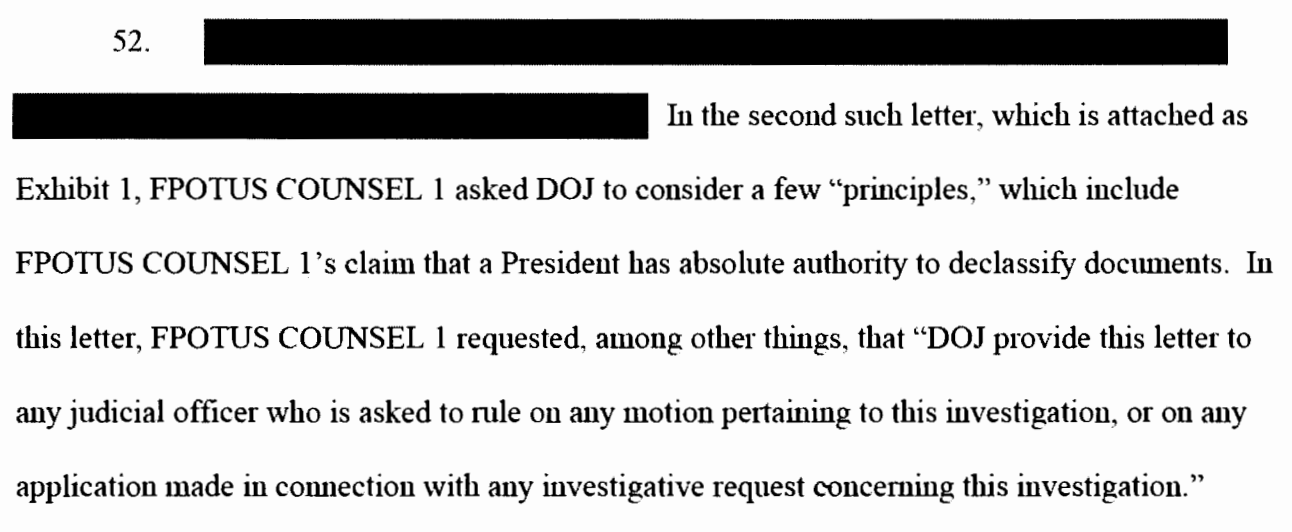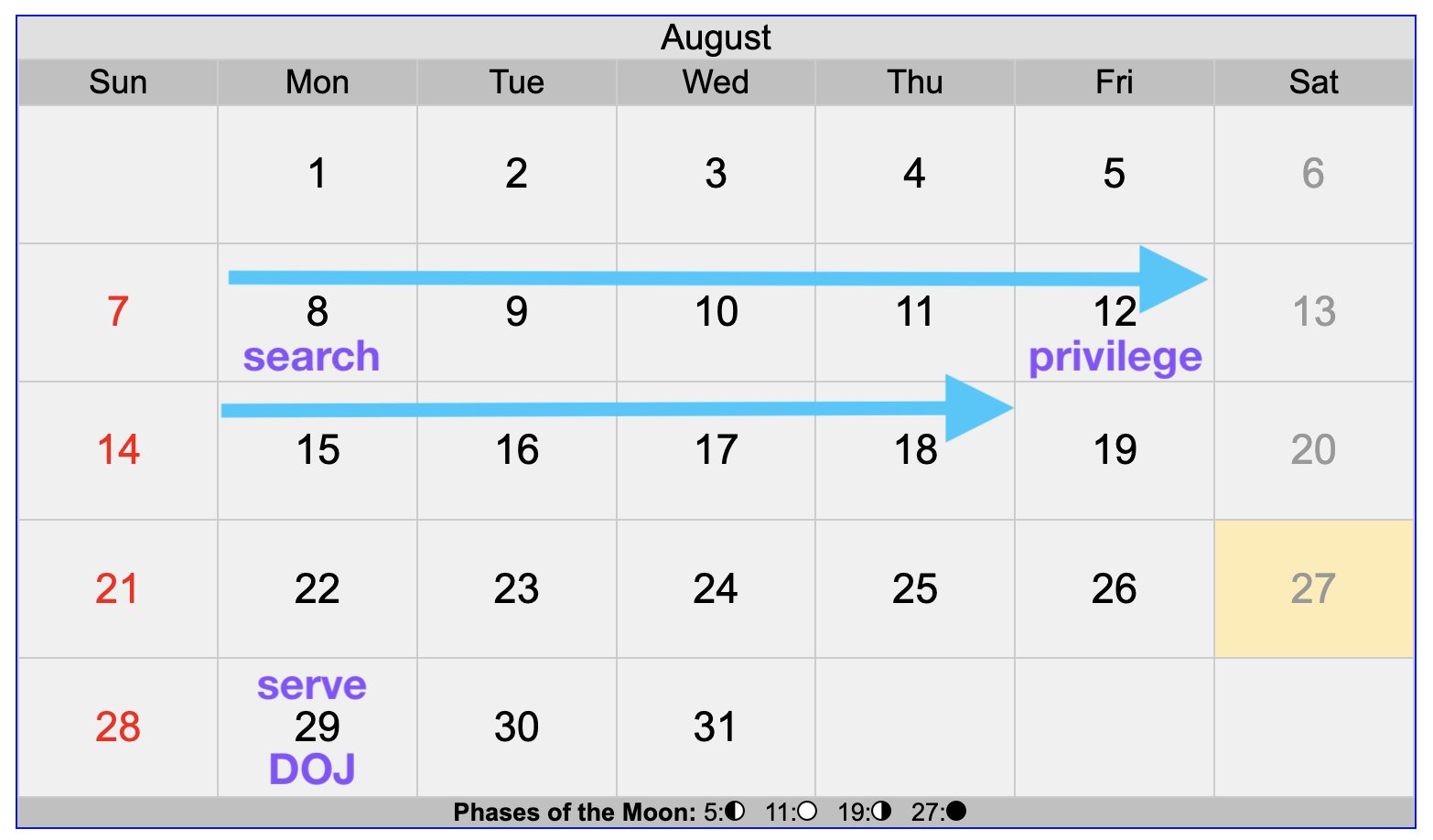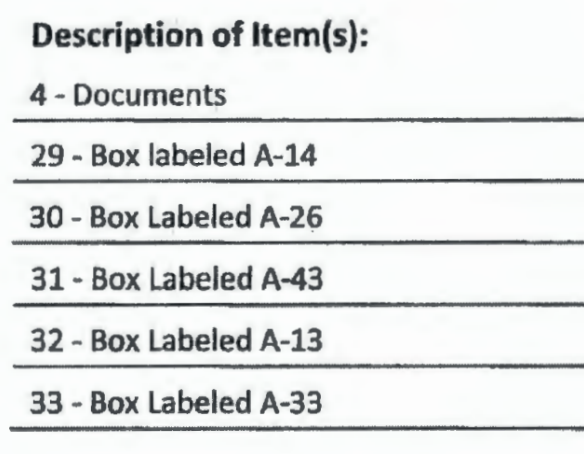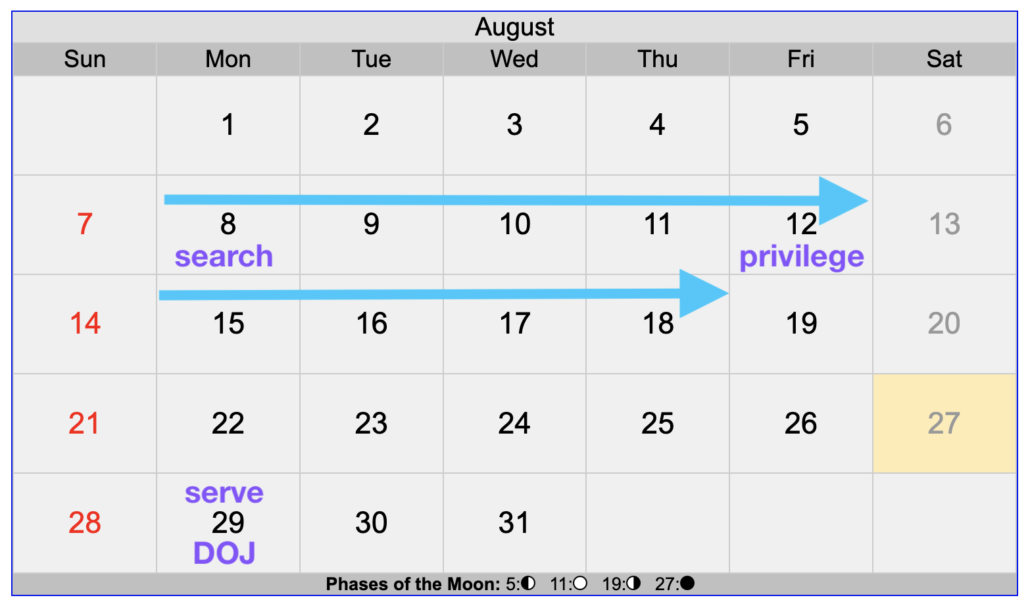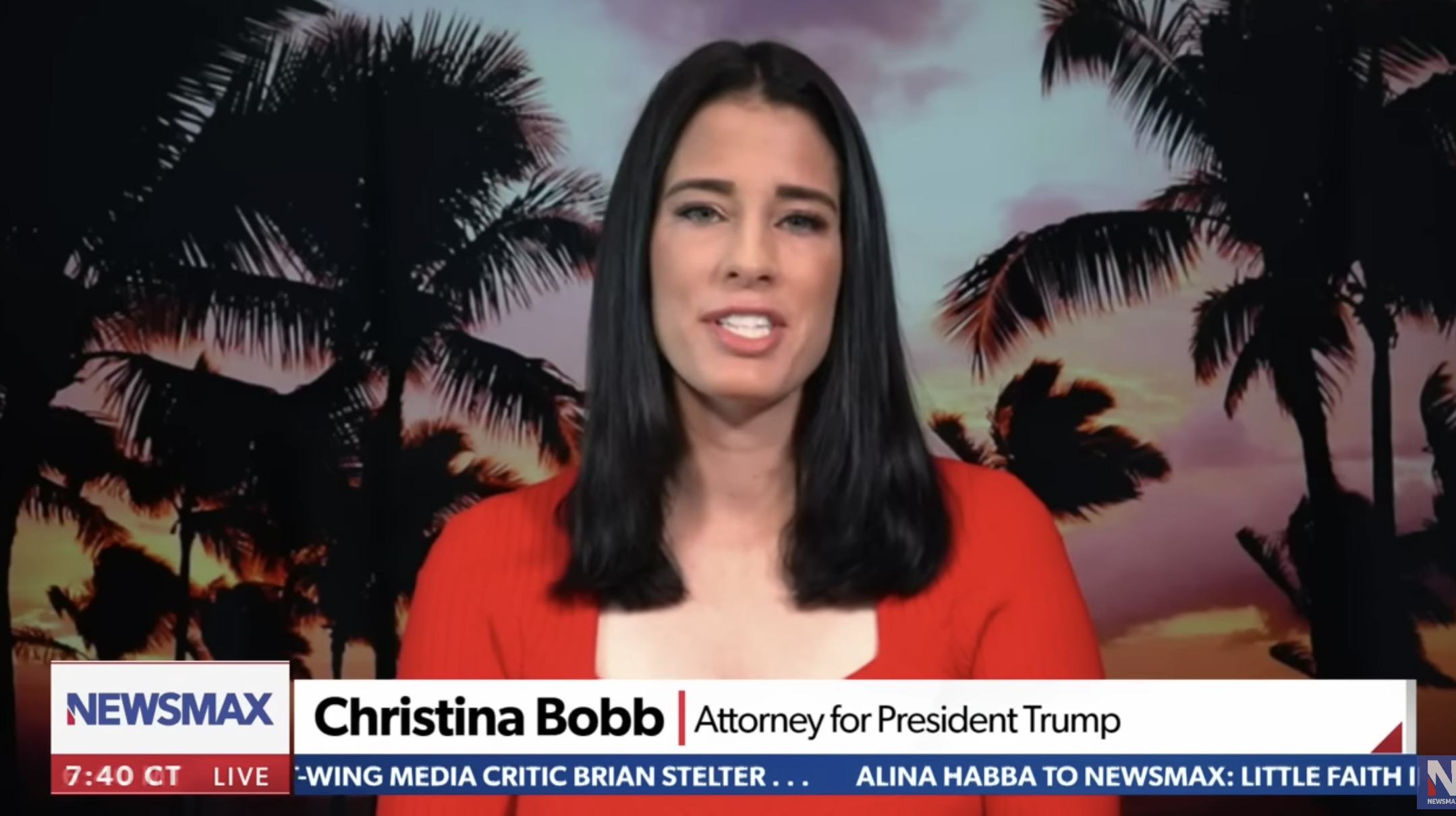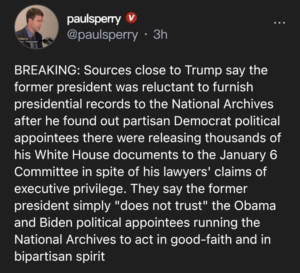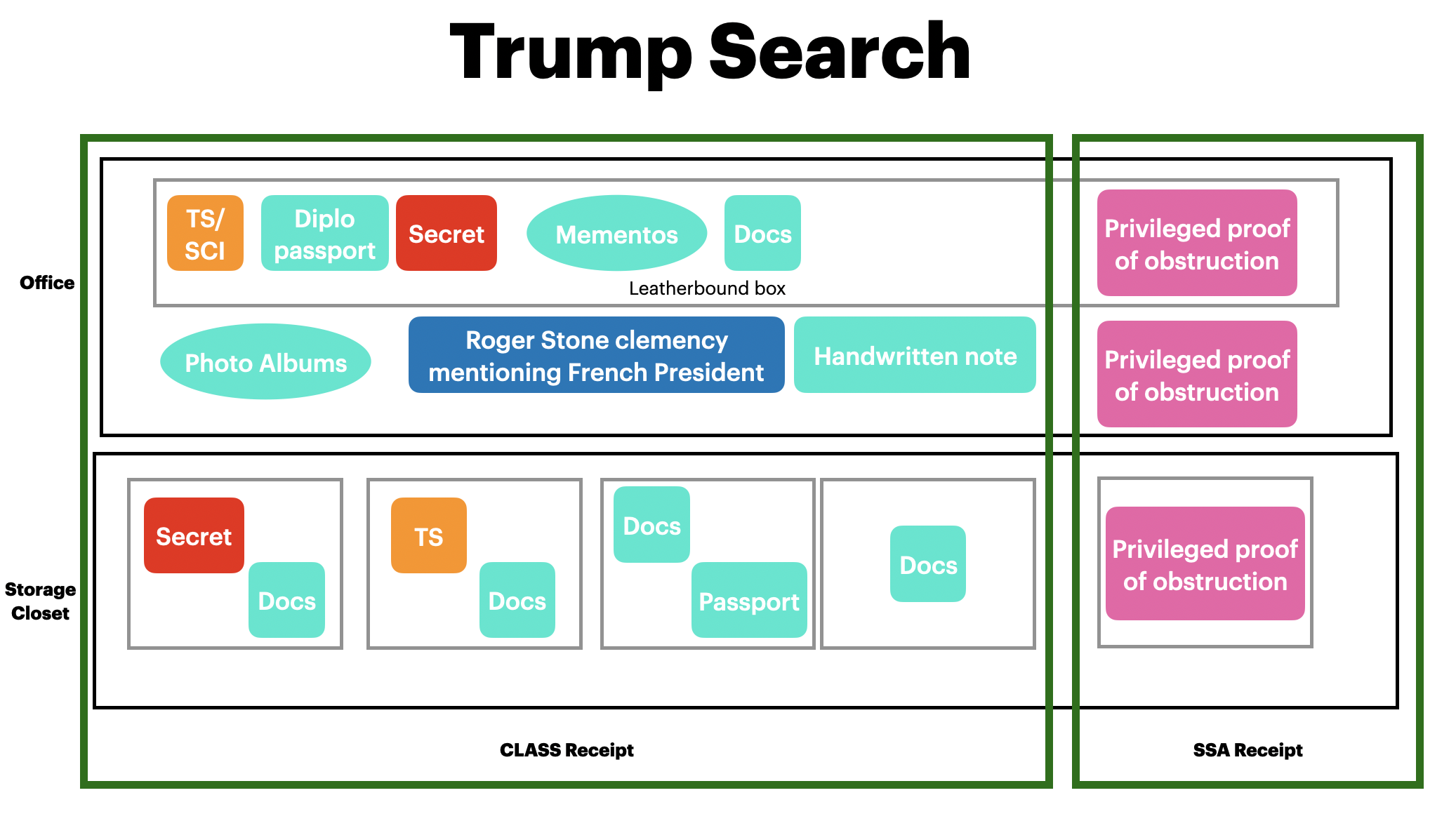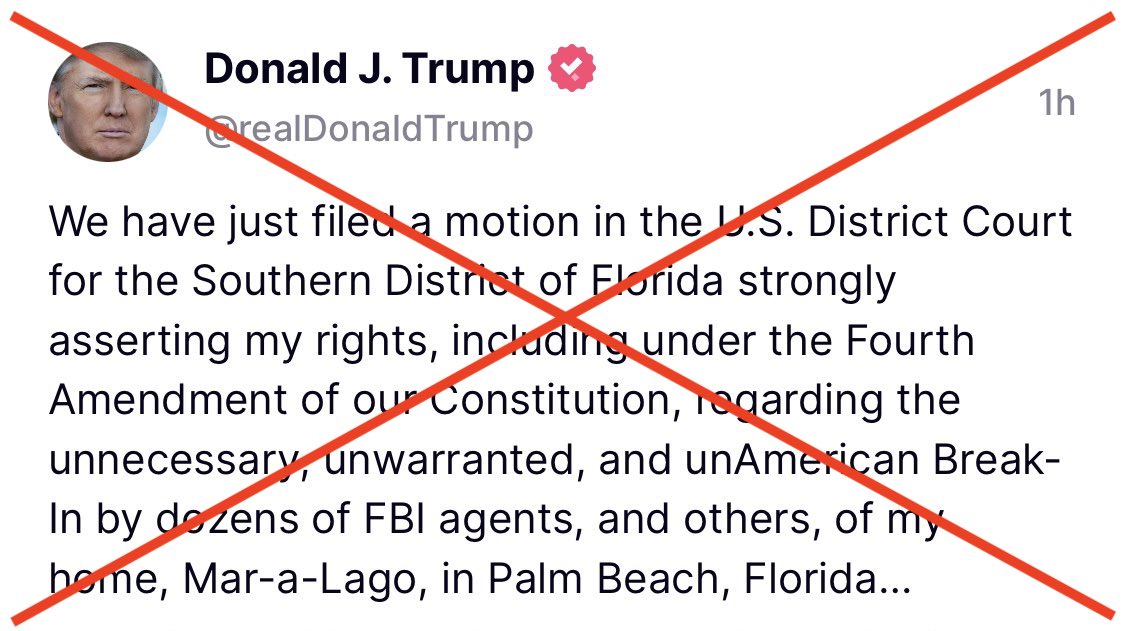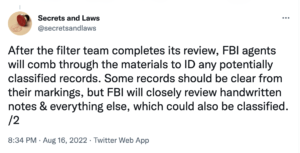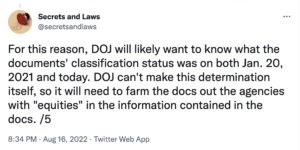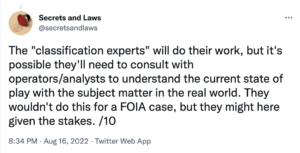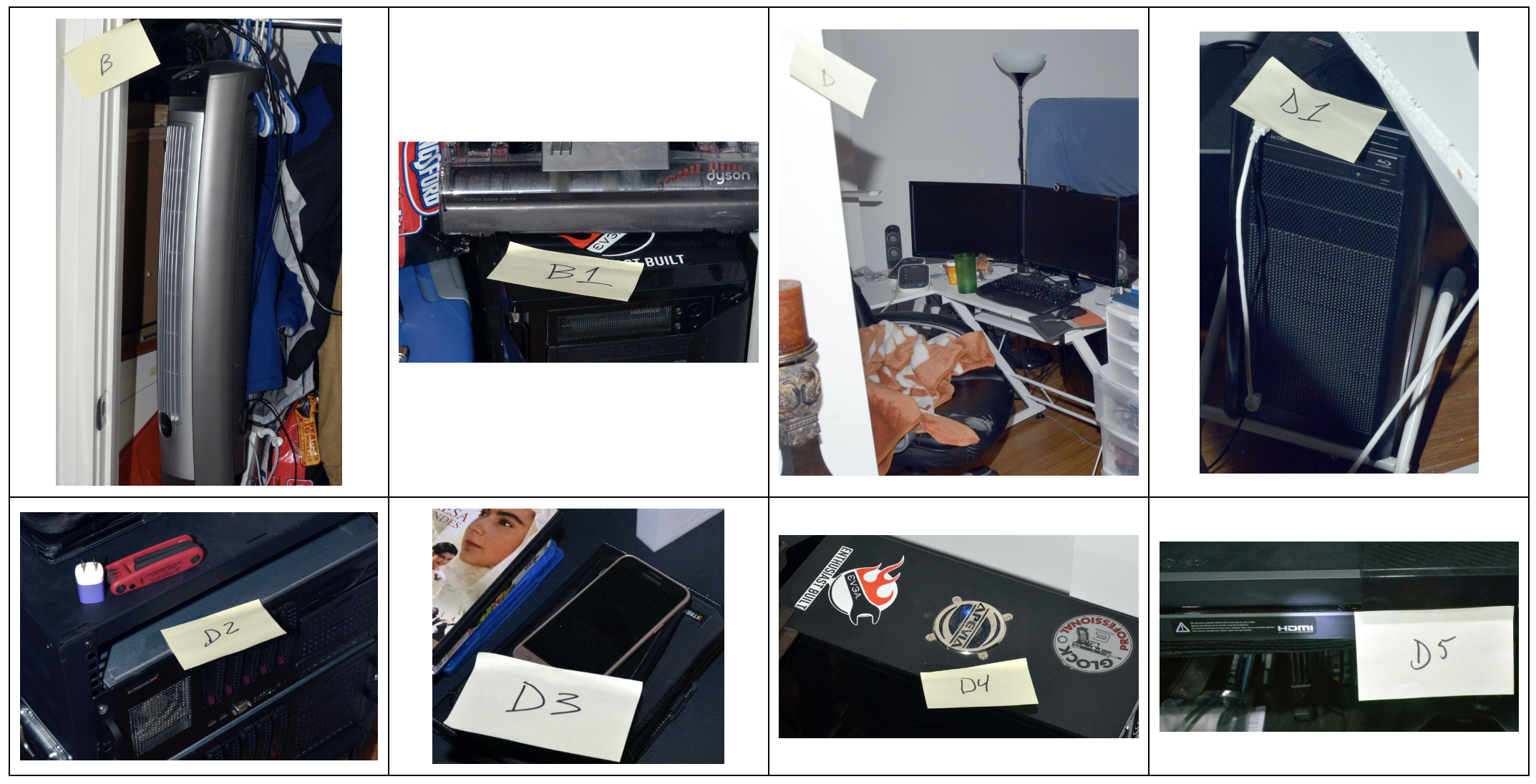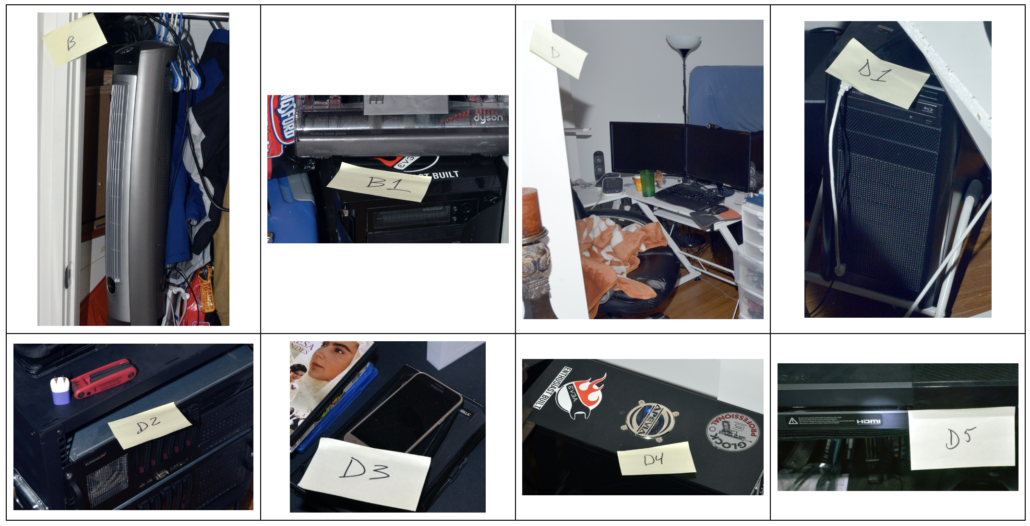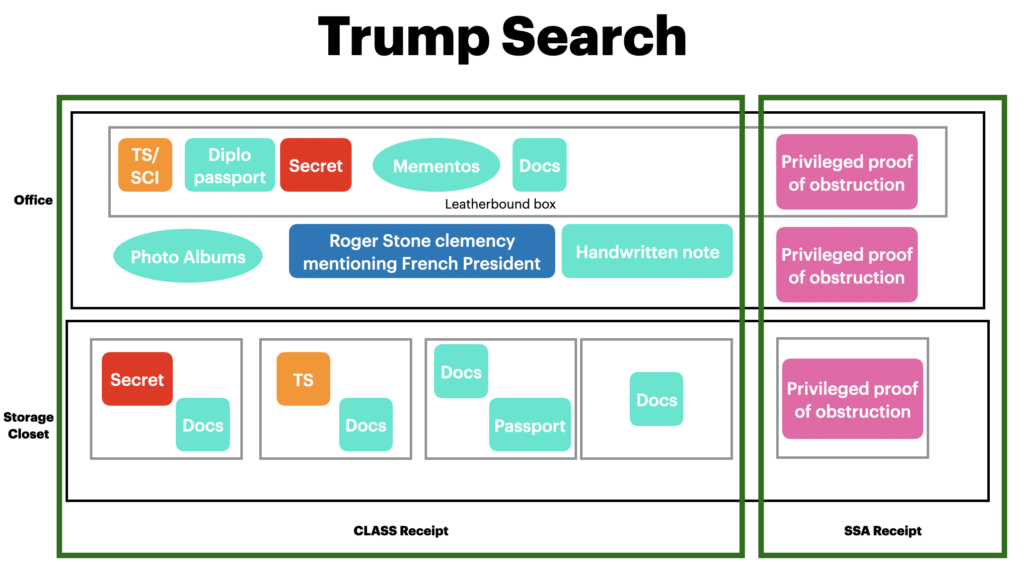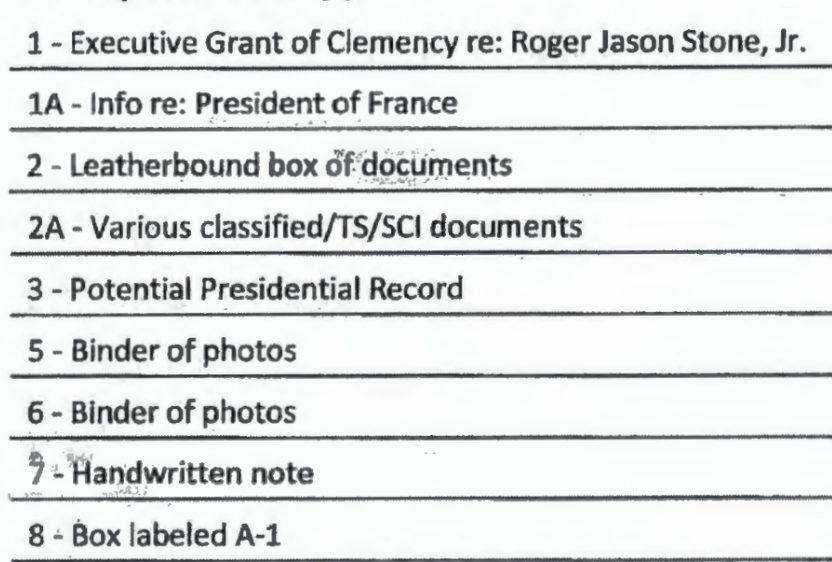Key Details about Evan Corcoran that Evan Corcoran Did Not Disclose to Judge Aileen Cannon
Over the weekend, Judge Aileen Cannon ordered DOJ — which had not yet been formally served in Donald Trump’s civil suit to get a Special Master appointed to conduct a review of the materials seized from his home — to take initial steps towards appointing a Special Master.
There are a lot of procedural reasons why that order is crazy.
But Judge Cannon might be excused for believing some grave wrong has been done against the former President. That’s because the two filings his lawyers submitted — neither of which was accompanied by a sworn declaration — were wildly misleading.
I’d like to lay out a few of those details here. (First filing, Supplemental filing)
One of the lawyers who signed the filings is Evan Corcoran.
Some useful background first. In the Steve Bannon case, Corcoran let Bannon’s earlier attorney, Robert Costello, join his defense team even though Costello was a witness in the case against Bannon. He did so even after DOJ warned that might pose a problem. Ultimately, Costello conceded that might pose a conflict and he dropped off the team. So even in the last year, Corcoran has been rather flexible about where the role of defense attorney ends and the role of witness begins.
Now let’s look at the filings that Evan Corcoran signed, with two others.
One thing that Evan Corcoran didn’t bother to tell Aileen Cannon is that Evan Corcoran plays a lead role in the filing. The following are actions described in the two Trump filings that Evan Corcoran is either known, or by consistent reference, must have done, but which are attributed only to Trump’s counsel:
- Communicated with DOJ, the White House, and NARA about the documents
- On June 3, met with Jay Bratt at Mar-a-Lago
- Told Bratt and three FBI agents that Trump consented to a search of a storage room that contributed to the probable cause that Trump was still refusing to return classified documents
- Asked Bratt to communicate with him if they needed anything more
- On June 8, received an email directing Trump to secure the storage room
- Was the person informed of the search on August 8
- Engaged in “heated discussion” after being so informed
- Asked three questions after being informed of the search
- Refused to turn off surveillance video during the search
- Was informed on August 11 that the FBI had seized materials that might include privileged material
- On August 11, stated the following to Jay Bratt:
- President Trump wants the Attorney General to know that he has been hearing from people all over the country about the raid. If there was one word to describe their mood, it is “angry.'” The heat is building up. The pressure is building up. Whatever I can do to take the heat down, to bring the pressure down, just let us know.
- Was informed that filter agents who searched the Former President’s office had taken three passports
Here are some other details regarding events in which Corcoran was involved that he did not disclose to Judge Cannon:
- After the meeting with Bratt, Trump did not identify and provide all classified documents at Mar-a-Lago to DOJ in response to a subpoena
- In response to a direction to Corcoran to secure the storage room, Trump did nothing more than add a new lock
- Corcoran made the comment about “the heat [] building up” in the wake of an attack by an armed Trump supporter on an FBI office
- After Corcoran was informed on August 11 that DOJ would not use a Special Master, he did nothing for ten days
- DOJ did, in fact, include a Corcoran letter that the first filing suggested they had not, thereby alerting Bruce Reinhart of Corcoran’s claim that Presidents have absolute authority to declassify documents
Perhaps most critically, in the second filing that quotes from the warrant affidavit, Evan Corcoran did not disclose to Judge Cannon that Evan Corcoran’s own actions are described in the unredacted parts of the warrant affidavit. He is mentioned five times in just in the unredacted section (and the fact that the affidavit refers to FPOTUS COUNSEL 1 strongly suggests there’s an FPOTUS COUNSEL 2, Christina Bobb, mentioned in the redacted sections).
[redacted] In the second such letter, which is attached as Exhibit 1, FPOTUS COUNSEL 1 asked DOJ to consider a few “principles,” which include FPOTUS COUNSEL 1’s claim that a President has absolute authority to declassify documents. In this letter, FPOTUS COUNSEL 1 requested, among other things, that “DOJ provide this letter to any judicial officer who is asked to rule on any motion pertaining to this investigation, or on any application made in connection with any investigative request concerning this investigation.”
[snip]
On June 8, 2022, DOJ COUNSEL sent FPOTUS COUNSEL 1 a letter, which reiterated that the PREMISES are not authorized to store classified information and requested the preservation of the STORAGE ROOM and boxes that had been moved from the White House to the PREMISES. Specifically, the letter stated in relevant part:
As I previously indicated to you, Mar-a-Lago does not include a secure location authorized for the storage of classified information. As such, it appears that since the time classified documents [redacted] were removed from the secure facilities at the White House and moved to Mar-a-Lago on or around January 20, 2021, they have not been handled in an appropriate manner or stored in au appropriate location. Accordingly, we ask that the room at Mar-a-Lago where the documents had been stored be secured and that all of the boxes that were moved from the White House to Mar-a-Lago (along with any other items in that room) be preserved in that room in their current condition until farther notice.
On June 9, 2022, FPOTUS COUNSEL 1 sent an email to DOJ COUNSEL stating, ”I write to acknowledge receipt of this letter.”
That makes the other things that Corcoran chose to misrepresent to or conceal from Aileen Cannon far more important:
- That the warrant provided the reason for the search
- That the reason for the search was to find documents Trump had refused to return, which amounted to probable cause for violations of the Espionage Act, 18 USC 2071, and obstruction (Corcoran had falsely affirmed the warrant was about the Presidential Records Act, which was not named on the face of the warrant at all)
- That a quote in the second filing focusing on Presidential Records neglected to mention the evidence of Espionage Act and obstruction in the same paragraph; Corcoran withheld the following bolded language:
- Further, there is probable cause to believe that additional documents that contain classified NDI or that are Presidential records subject to record retention requirements currently remain at the PREMISES. There is also probable cause to believe that evidence of obstruction will be found at the PREMISES.
- Trump fought for 8 months before he acceded to send the first 15 boxes back
- Christina Bobb was the custodian of records that accepted service for a subpoena asking for all remaining classified documents
- Trump didn’t return all classified documents in response to a subpoena for them
- That custodian of records, Bobb, not some lawyer who happened to be in the neighborhood, signed off on the property receipt
- Custodian of records Bobb made no objections as to the form of the search warrant receipt — one basis for the claimed action — at the time of the search or since
- No Special Counsel issued a finding that the FBI agents who investigated Trump were biased; the Inspector General issued a finding that there no evidence bias affected the investigation and a Special Counsel attempted to make similar claims that have thus far all failed (Corcoran makes a slew of other false claims about the Horowitz Report as his basis to suggest the FBI has been mean to Trump)
- The Acting Archivist Debra Steidel Wall obtained an Executive Privilege waiver for documents inappropriately withheld under the PRA in May and informed Corcoran of that
- In the ensuing three months after Corcoran was informed of the Executive Privilege waiver, he is not known to have done anything to contest it
- The National Security Division filter team Corcoran describes and the filter process described in the warrant appear to be different (the former seems to be one described to him by the Acting Archivist)
- The filter team process in the warrant approved by Reinhart includes the possibility of a Special Master, something Corcoran claims Reinhart could not approve:
- (c) disclose the documents to the potential privilege holder, request the privilege holder to state whether the potential privilege holder asserts attorney-client privilege as to any documents, including requesting a particularized privilege log, and seek a ruling from the court regarding any attorney-client privilege claims as to which the Privilege Review Team and the privilege-holder cannot reach agreement.
- If the storage of classified materials fit the terms of the CFR guiding storage of classified documents, then the surveillance video Corcoran refused to turn off would have shown to Trump what materials were seized from where
- That DOJ acknowledged the passports weren’t validly seized under the warrant (they were, and Corcoran even suggests why they were — because they were in the same safe holding classified documents), when DOJ simply said they weren’t included in the scope of the crimes under investigation
Evan Corcoran, in a filing that failed to disclose his own role in the events under investigation, misrepresented to the judge that this was a search about the Presidential Records Act and not an investigation into violations of the Espionage Act and obstruction.
He didn’t even tell her that he is named in the affidavit showing probable cause of obstruction.
Update: DOJ has acknowledged Cannon’s order. As expected, they’ve completed much of the privilege review already.
Although the government will provide the Court more detail in its forthcoming supplemental filing, the government notes that, before the Court issued its Preliminary Order, and in accordance with the judicially authorized search warrant’s provisions, the Privilege Review Team (as described in paragraphs 81-84 of the search warrant affidavit) identified a limited set of materials that potentially contain attorney-client privileged information, completed its review of those materials, and is in the process of following the procedures set forth in paragraph 84 of the search warrant affidavit to address potential privilege disputes, if any. Additionally, the Department of Justice and the Office of the Director of National Intelligence (“ODNI”) are currently facilitating a classification review of materials recovered pursuant to the search. As the Director of National Intelligence advised Congress, ODNI is also leading an intelligence community assessment of the potential risk to national security that would result from the disclosure of these materials.

